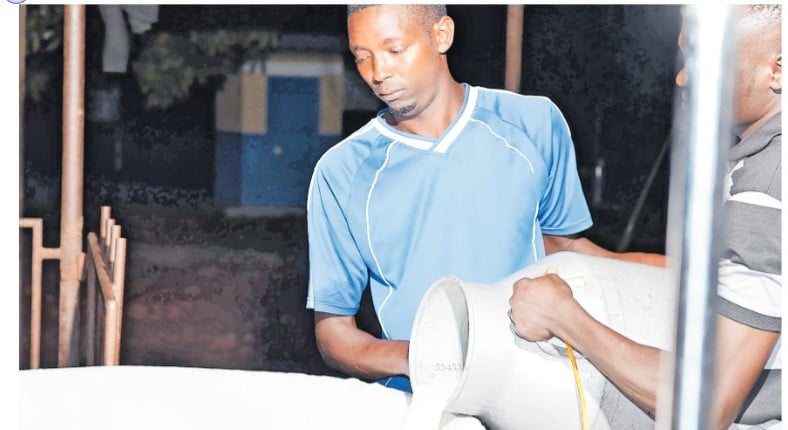Prime
Here is why a snake bite is dangerous and can kill you

First aid is one of the first steps towards managing a snake bite before the victim is rushed to hospital. internet photo
It is almost rare to hear that a person has died from snake venom poisoning. But this does not mean that it does not happen. First, one has to be bitten by a snake. Most snakes are non-poisonous, and even if they were, chances are that they do not have any venom in the fangs. Of the 3,000 or more snake species that exist in the world, only 600 are venomous.
There are three major families of poisonous snakes; Elapidae, which includes the mamba, cobra, king cobra and the coral snake; Viperidae family, which consists of vipers; and Hydrophidae family which includes sea snakes, commonly found at sea coasts.
Snake venom consists of four broad categories of toxic components, enzymes, polypeptides, glycoproteins and low compounds of low molecular weight. They produce toxic effects by destroying or altering normal cell functioning. Elapid snake bites are neurotoxic, they damage the nervous system leading to respiratory failure caused by paralysis of the muscles that aid in breathing. Respiratory failure can subsequently lead to death. Viper snake bites are primarily vasculotoxic. This means that they damage the blood components leading to severe bleeding, thrombosis, and ultimately renal failure which is the common symptom before death.
The toxicity of the venom varies from one snake specie to another, but generally fatality is dependent on the amount of venom injected into the victim, the location of the snake bite, and most importantly, the time taken by the victim to receive medical attention.
First aid for snake bites
It should be emphasised that blackstones have no place in the medical management of snake bites. The primary aim of first aid is to delay the absorption of the venom into the body, and to prevent life-threatening complications.
It is also important to note that 70 per cent of the bites are by non-venomous snakes. Another 50 per cent of these bites are described as dry bites, meaning that they do not have poison in their fangs.
Therefore when a person is bitten by a snake, the affected area should be immobilised, and the victim taken to a health facility as soon as possible. Traditionally, first aid includes making incisions on the affected are, sucking venom out of the wound, and using bandages around the wound.
However, health experts say these should be discouraged because they have not been proven to be of any health benefit.
Also, any interference with the wound introduces infection, causes bleeding and also increases absorption of the venom. It would be helpful if the snake that inflicted the wound is also carried to the hospital, as this will aid the health workers to choose the most effective antidote.




